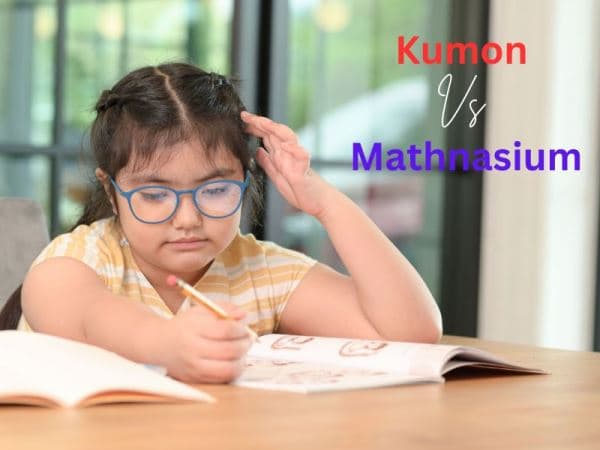The Cuisenaire strips or Cuisenaire Rods are the educational resources most used by teachers and families who are aware of the great value of manipulative material for children and adolescents to learn mathematics.
In the following article, you will discover what rulers are and how, thanks to them, your children or your students can learn mathematics through investigation, manipulation, and play.
What are Cuisenaire strips?
They are a set of parallelepipeds of different colors with a square section (1 x 1cm). They are usually made of wood but you can also find them made of plastic and there are even magnetic strips (the latter are flat).
Each of these wooden wands represents one of the first ten natural numbers.
The strip that represents the one has a length of 1 centimeter. This is the unit strip, that is, from it we will name the following strips.
In this way, the strip that represents the two is equivalent to two unit strips and, therefore, measures 2 cm. The one that represents the three is equivalent to three unit strips and so on until reaching the one that represents the 10 that measures 10 cm or it is equivalent to exactly ten unit strips.
In order to easily distinguish one strip from another, each measure has a different color:
- The strip representing 1 is always white or unpainted (in natural wood)
- 2 is red
- 3 is light green
- 4 is pink
- 5 is yellow
- 6 is dark green
- 7 is black
- 8 is brown
- 9 is blue
- 10 is orange
The good news is that all Cuisenaire power strip manufacturers use the same measurements and the same colors. In fact, they are often said to be the Cuisenaire colors.
What are Cuisenaire strips for?
This manipulative material is ideal for working with any mathematical content and, of course, for developing logical-mathematical thinking.
For example, with the strips:
- You will introduce many mathematical concepts.
- You will propose activities for children to experiment and discover the properties of basic operations (addition, subtraction, multiplication and division).
- You will make visual demonstrations (for example, of notable identities or the Pythagorean Theorem).
- You will discover powers, fractions, or square roots from visualization.
From what age can they be used and for how long?
We can use the Cuisenaire color strips from the age of five because that is when you get the most benefit from them.
If you want to use them earlier, with four years, I recommend a larger version of the Cuisenaire number strips where the unit strip is 2 x 2 x 2 cm.
Although I have often seen that many schools use them only in the first years of Primary to introduce the concept of quantity and the first arithmetic operations, it is a material that can be used in all courses, even in Secondary.
You only need to know the appropriate activities to propose in each of the courses and for each mathematical concept that you want to work on.
Math activities with Cuisenaire rods
Here are some very interesting activities (there are hundreds of them) for your children or your students to learn mathematics in a fun way while manipulating and playing with this material.
Mathematical activities in Infants
For this stage, both normal and large strips can be used. The two formats are used to do the same activities, the only thing that differentiates them is that the large strips are easier for the little ones to handle.
Examples of proposals and their benefits:
- Make creations freely to enhance imagination and concentration.
- Learn to do stairs to improve fine motor skills.
- Color classification.
- Activities to become familiar with the strips and to be able to associate each one of them to a number.
- Balance game with Cuisenaire strips, to know the colors and sizes and learn to distinguish the different strips.
Mathematical activities in Primary
It is at this stage, from 6 to 12 years old, that the terminal box will be more amortized. They will help you so that your children or students understand the operations of the decimal system. In each of the Primary courses, you can do activities with the rulers to work on all the numbers and calculations and geometry and develop many logical-mathematical thinking skills.
Here are some examples of activities to do with the strips in Primary:
- Game of capturing strips to reinforce and consolidate mental calculation and develop observation and strategic thinking.
- How to carry out multiplication with rulers.
- Play with the Cuisenaire rulers to learn the multiplication tables or practice them.
- Compare numbers with the strips.
- Add and subtract with the Cuisenaire strips.
- Investigate the properties of the strip operations.
- Learn and work with the square and cubic powers of a number.
Mathematical activities in Secondary
In secondary school, between the ages of 12 and 16, the Cuisenaire strips can also be used regularly, especially for numerical investigations.
For example, you can use them in these activities:
- Study notable identities with power strips.
- Prove the Pythagorean Theorem with rulers.




